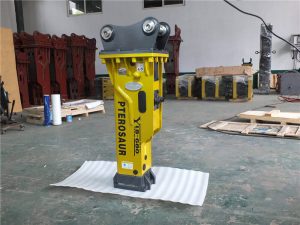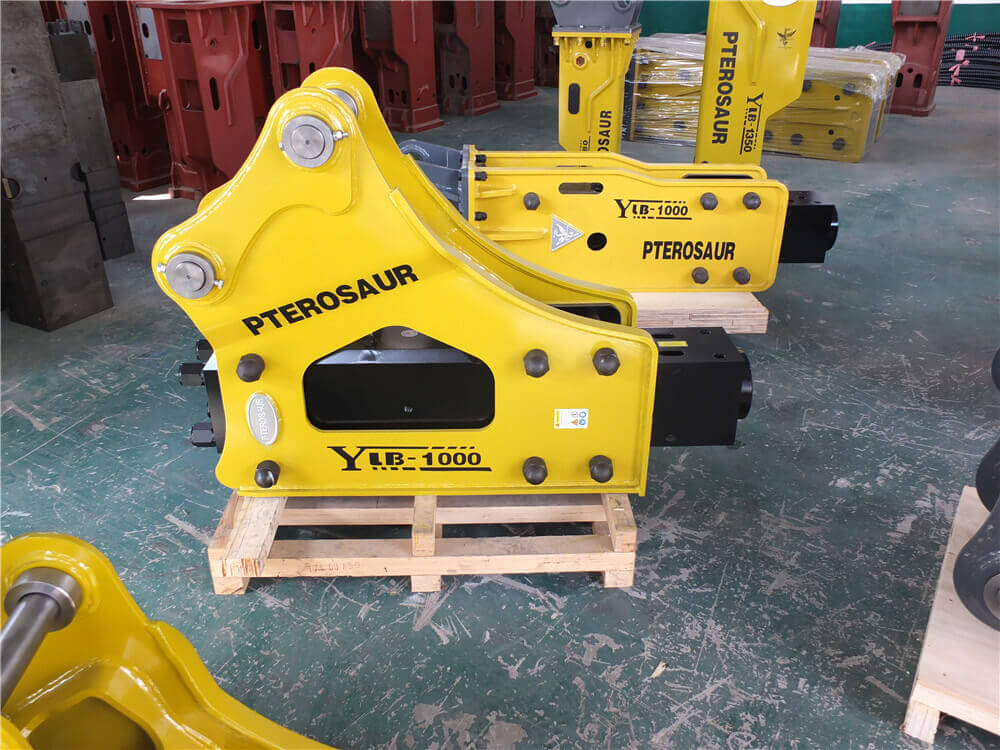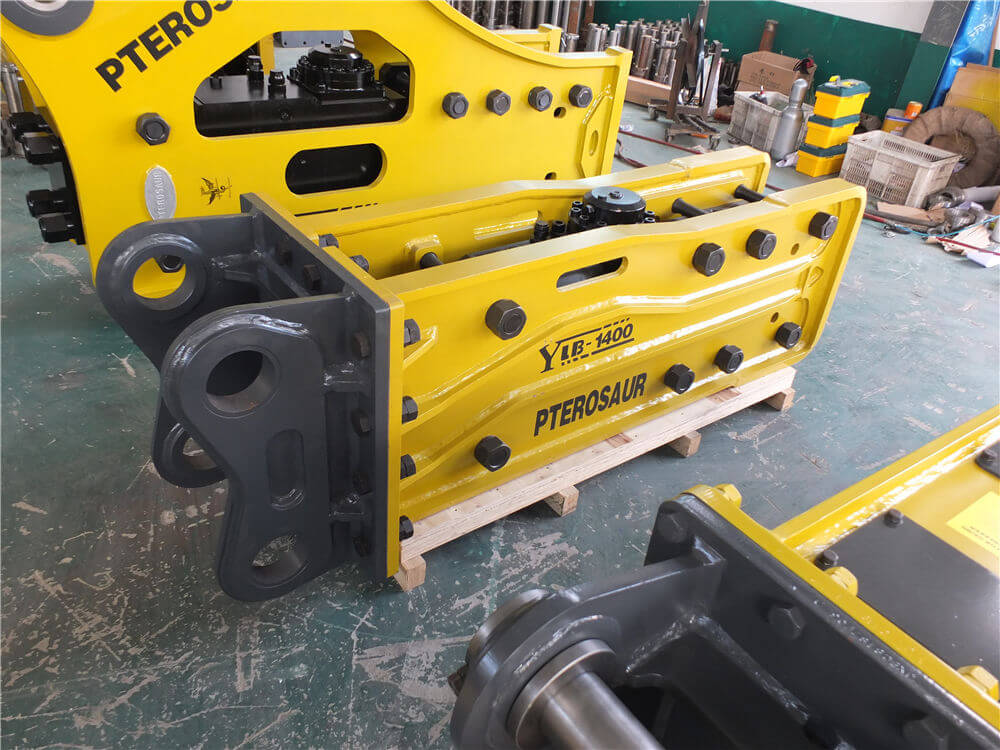Understanding Hydraulic Operating Mechanisms in Circuit Breakers
In the realm of electrical engineering, hydraulic operating mechanisms play a crucial role, particularly in high-voltage circuit breakers. These mechanisms utilize hydraulic systems to ensure reliable operation and safety in electrical distribution. This article delves into the principles of hydraulic operating mechanisms, their applications, and their significance in modern electrical systems.
The Basics of Hydraulic Operating Mechanisms
Hydraulic mechanisms function on the principle of transferring force through a fluid. In circuit breakers, this principle is harnessed to operate the contacts that either open or close the circuit, thus controlling the flow of electricity. Hydraulic operating mechanisms are particularly favored for their ability to manage high energy levels and provide precise control over circuit operations.
Types of Hydraulic Mechanisms
There are various classifications of hydraulic operating mechanisms found in circuit breakers. The most prevalent types include:
-
Hydraulic Stored Energy Mechanisms: These systems store energy in hydraulic fluid, which is released to operate the breaker. They are known for their reliability but can face challenges such as hydraulic leaks.
-
Spring-Operated Mechanisms: Often combined with hydraulic systems, these mechanisms utilize springs to assist in the rapid operation of the circuit breaker. This hybrid approach enhances the overall efficiency and responsiveness of the system.
-
Hydraulic Magnetic Circuit Breakers: These breakers utilize a combination of hydraulic power and magnetic forces to operate. They are particularly useful in applications requiring quick response times and robust control.
How Hydraulic Breakers Work
Hydraulic breakers, commonly used in construction and demolition, operate by using hydraulic pressure to deliver powerful impacts that can fracture materials like concrete and bedrock. The system consists of a hydraulic pump, a piston, and a chisel or hammer attachment. When hydraulic fluid is pressurized, it drives the piston, which in turn impacts the chisel, creating the necessary force to break through tough materials.
Key Components
The effectiveness of a hydraulic breaker hinges on several key components:
-
Hydraulic Oil: The viscosity and temperature of the hydraulic oil play a significant role in the efficiency of the breaker. Continuous operation can cause the oil to reach a certain temperature, impacting its viscosity and, consequently, the performance of the breaker.
-
Seals and Connectors: To prevent leaks, which are a common issue in hydraulic systems, high-quality seals and connectors are essential. Poor sealing can lead to inefficiencies and increased maintenance costs.
-
Control Valves: These regulate the flow of hydraulic fluid, allowing for precise control over the breaker’s operation.
Applications of Hydraulic Operating Mechanisms
Hydraulic mechanisms are widely used in various sectors, including:
-
Electrical Distribution: High-voltage circuit breakers equipped with hydraulic mechanisms are critical for protecting electrical systems. They ensure that circuits are opened or closed safely, which is essential for preventing overloads and electrical fires.
-
Construction: Hydraulic breakers are indispensable tools for construction workers, aiding in the demolition of structures and the excavation of materials. Their ability to deliver high impacts makes them ideal for heavy-duty applications.
-
Mining and Quarrying: In mining operations, hydraulic breakers are used to break rock and other materials, facilitating the extraction process.
Challenges and Innovations
Despite their advantages, hydraulic operating mechanisms face challenges, especially concerning hydraulic leaks and maintenance. Innovations in materials and design, such as improved seals and advanced fluid dynamics, are being developed to enhance the reliability of these systems.
New technologies, such as co-simulation models for hydraulic systems, are also emerging. These models utilize finite element analysis to predict system behavior, leading to better design and maintenance strategies.
Conclusion
Hydraulic operating mechanisms are vital components in both electrical systems and heavy machinery. Their ability to provide reliable, precise control makes them indispensable in various industries. As technology advances, the efficiency and reliability of hydraulic systems continue to improve, ensuring their place in the future of electrical engineering and construction. Understanding these mechanisms not only helps in their effective application but also highlights their importance in ensuring safety and efficiency in high-energy environments.



































